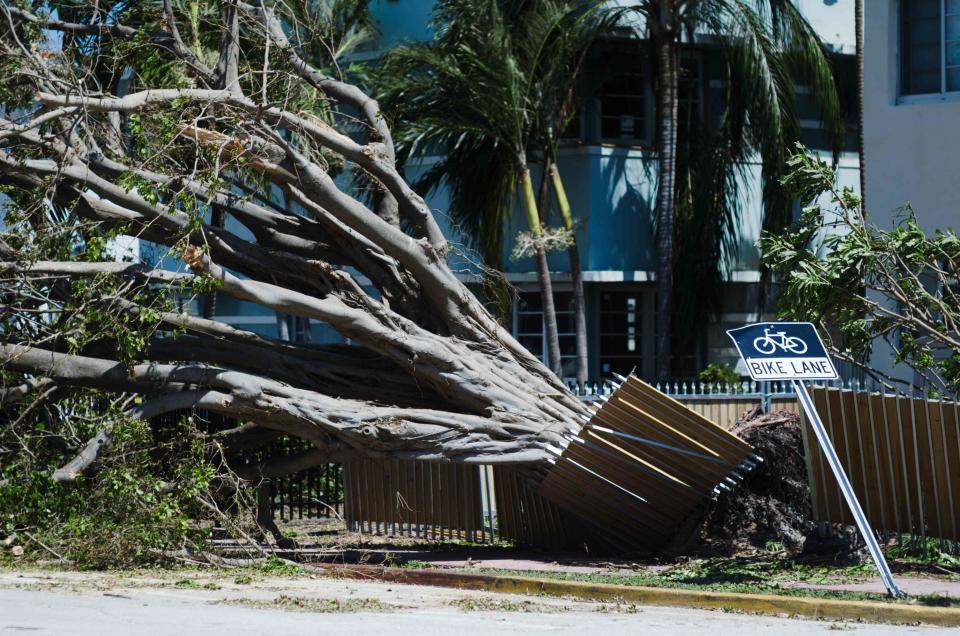The Significance of Trees After Natural Disasters Hit
Following a hurricane, replanting trees is often a key part of recovery.

Blasts of uncontrollable wind tear trees from the ground. Waves of water wash through shaken communities, stripping away a sense of security.
At the start of hurricane season, we’re reminded of the unsettling power natural disasters can wield. In its outlook for the 2023 Atlantic hurricane season, the National Oceanic and Atmospheric Administration (NOAA) forecasted the U.S. will see 12-17 named storms. They predict this season will be "near-normal" as opposed to the "above-normal" 2022 season that resulted in 14 tropical storms that formed into eight hurricanes last year. According to NOAA, at least three of those hurricanes caused at least $1 billion in damage, along with 15 other natural disasters.
Given the magnitude of damage following a hurricane, trees are—understandably—not the first focus. But once urgent needs are addressed and communities are ready to rebuild, replanting is often a key part of recovery. Whether that’s the following planting season, a few years later, or a decade after the storm hits home. Planting trees helps people foster a connection with the effort to rebuild. It can make them feel like they are personally contributing to recovery, fostering a sense of community pride.
I’ve seen it firsthand. When homeowners in disaster-stricken areas come to Arbor Day Foundation tree distributions or plantings, they’re eager to get their hands dirty. They’re brimming with optimism and excitement. It could be they are just big fans of trees (who could blame them?) But I think the enthusiasm is more about what replanting represents. These trees are literally infusing life back into places that have been marked by loss.
Replanting can root once-devastated communities in hope and resilience.
At the Arbor Day Foundation, we work with local partners who know when a community is ready to replant its lost tree canopy after a hurricane. When the time is right, we help get them the resources needed to plant or distribute trees. The Arbor Day Foundation has given away more than five million trees since 2005 to disaster-affected communities. We’re not slowing down either, as scientists say climate change is only making hurricanes and other disasters more frequent and more severe.
Developing a robust tree canopy is also about protecting the community from the next disaster. Trees can help slow the strong winds of a hurricane and reduce the impact of flooding. When planted in the right place, it can redirect water away from homes and critical infrastructure. In some ways, trees can be a shield against the dangerous blows Mother Nature deals out.
Though hurricanes try to level everything in their path—including our spirits—trees show us that we still have the strength to stand tall.
Dan Lambe is CEO of the Arbor Day Foundation, the largest nonprofit membership organization dedicated to planting trees. He can be reached at dlambe@arborday.org.

